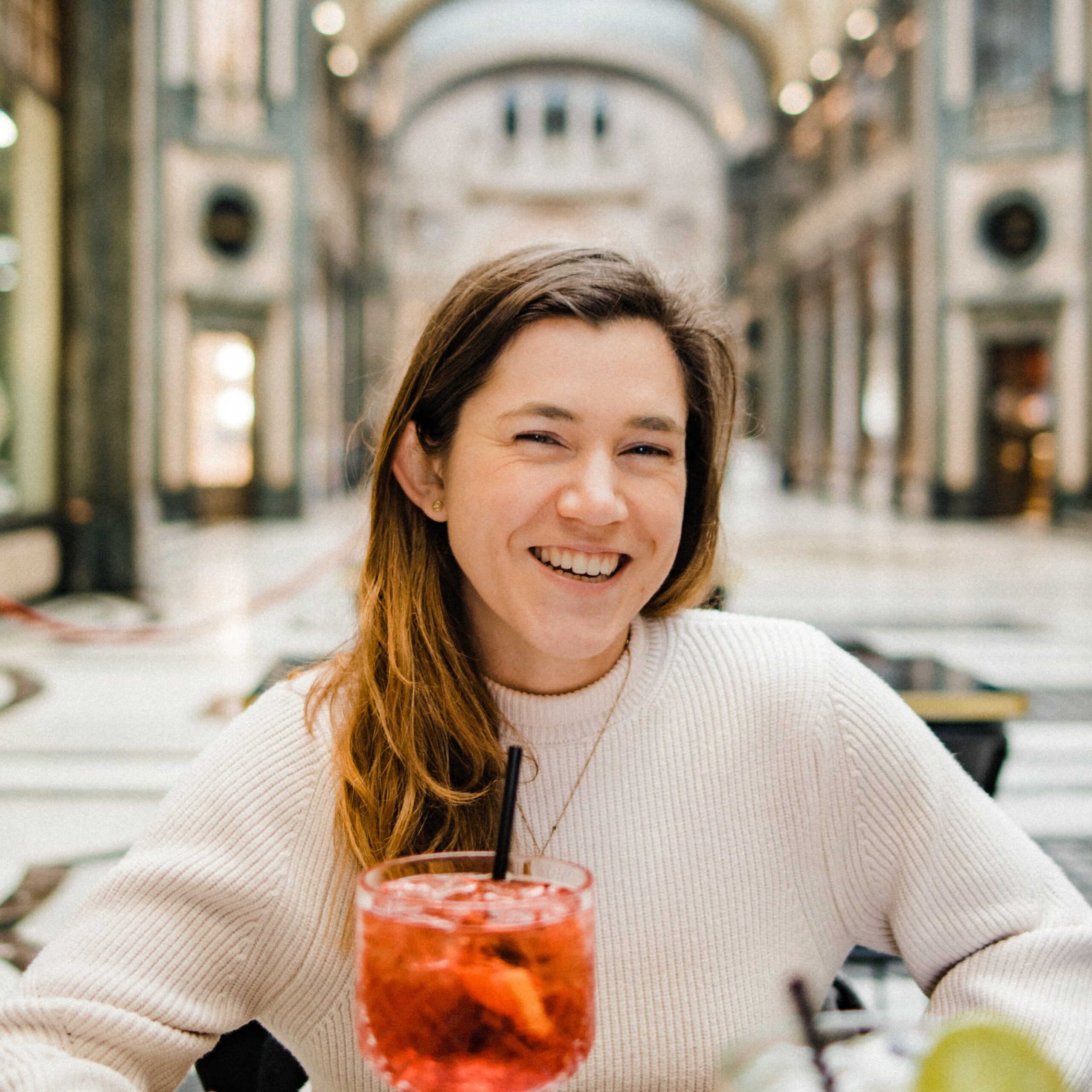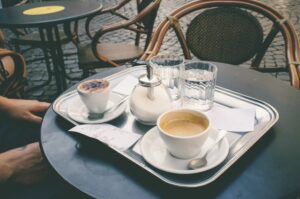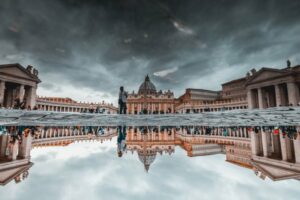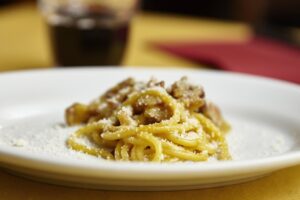Last Updated on July 22, 2024 by Cassandra Gambill | Published: August 1, 2022
It’s hard to plan a trip to Rome and not see amazing art. The whole city being an open-air museum, you are sure to catch a glimpse of several masterpieces. But which museums in Rome should you visit? While the Vatican City Museums and Capitoline Museums are top options, we recommend you don’t skip the Borghese Gallery. Located within the beautiful Villa Borghese park, this gallery has an incredible collection for art lovers. If you visit, make sure to bookmark our Borghese Gallery guide!
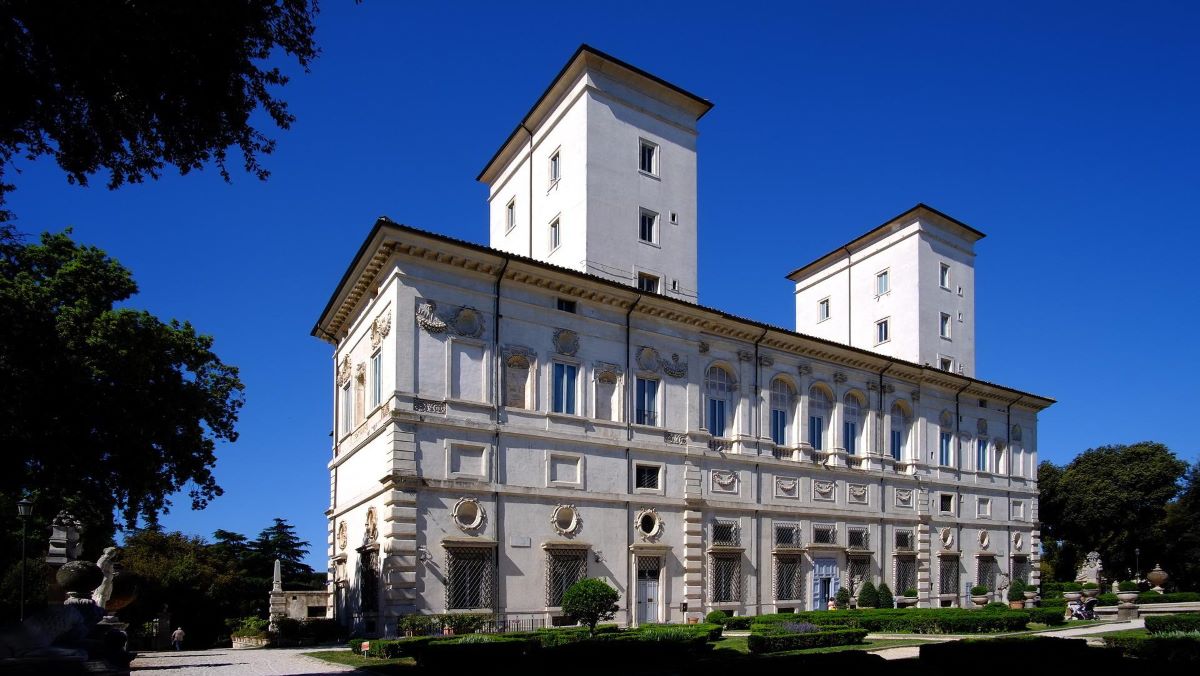
History of The Borghese Gallery
Today what we visit as the Borghese Gallery, is actually housed in the original Borghese family Villa. Though it might be a little confusing when you hear “Villa Borghese,” it is probably referring to the immense gardens of the Villa Borghese Park.
The physical villa was built in the 17th century and was surrounded by three miles of private gardens. Though now you might consider the Villa and gardens are within Rome, at the time it was just outside the gates of the city. This made it a countryside getaway!
So who was the Borghese family? They were a prominent noble family in Rome, who was very involved in business, politics, and of course the Church. In fact, Pope Paul V was a Borghese, as were numerous cardinals through the 16th-18th centuries.
Over the years they collected, purchased, and commissioned many works of art. These items decorated their private quarters until the late 18th century, when they opened as a public museum.
It wasn’t until 1902 that the Italian Government acquired the Villa and the lands, transforming them into the public park. This is the Borghese Gallery that visitors see today.

The Borghese Gallery Highlights
Apollo and Daphne and The Rape of Proserpina – Bernini
The true masterpieces of the Borghese collection are the Bernini sculptures. You’ll find many more while visiting the gallery, but two that definitely deserve to be highlighted are the Apollo and Daphne, plus the Rape of Proserpina sculptures. These two are adored by art students for their incredible detail. It is incredible how Bernini was able to manipulate the marble, making it appear as another medium altogether.
In Daphne, we see it in the smooth transition of her human features into leaves and branches. In Proserpina, we see it in the imprint of Pluto’s hands on her thigh, where the marble truly becomes smooth flesh touching rather than stone on stone.

Young Woman with a Unicorn – Raphael
This is a painting that we couldn’t leave out of our Borghese Gallery guide. One of Raphael’s finest portraits, this work is shrouded in mystery. The identity of the girl is unclear. Though there has been much speculation, unfortunately, the true answer has been lost in time. What is known is the symbolism of the unicorn, which is tied to purity.
Another cool fact: the sitting pose is assumed to have been inspired by Leonardo Da Vinci’s Mona Lisa, as the latter had been completed just months prior.
David with the Head of Goliath – Caravaggio
If you are a real Caravaggio fan, you’ve come to the right place. This gallery has more works by Caravaggio than any other in the world. As one of the main highlights from this selection, we wanted to point out a favorite: David with the Head of Goliath. This was one of his final works.
Different from most depictions of David as it shows the aftermath, in Caravaggio’s clear dark style. It also shows David not triumphant, but rather a bit thoughtful.
Another particularity of this painting is that Goliath is a self-portrait of Caravaggio himself!

Hidden Gems of the Borghese Gallery
The Sleeping Hermaphrodite – unknown
One of the few ancient sculptures in the collection, this was a Roman copy of an original Greek bronze. As visitors approach, it appears to be the sleeping form of a nude woman, as they circle the statue it becomes apparent the figure has a mixed form.
The sculpture represents Hermaphroditus, born the son of Hermes and Aphrodite. When he was older he fell in love with a nymph, and begged never be separated. The gods granted his wish by combining their bodies into one.
Boy With A Basket Of Fruit – Caravaggio
This is another excellent painting by Caravaggio. Boy with a Basket of Fruit retains the lighter style one of his earlier works. What is most impressive in this work is the immense detail in the fruit bowl.
For all curves and difficult objects, Caravaggio masterfully catches every shadow, curve, and gleam to make it very realistic.
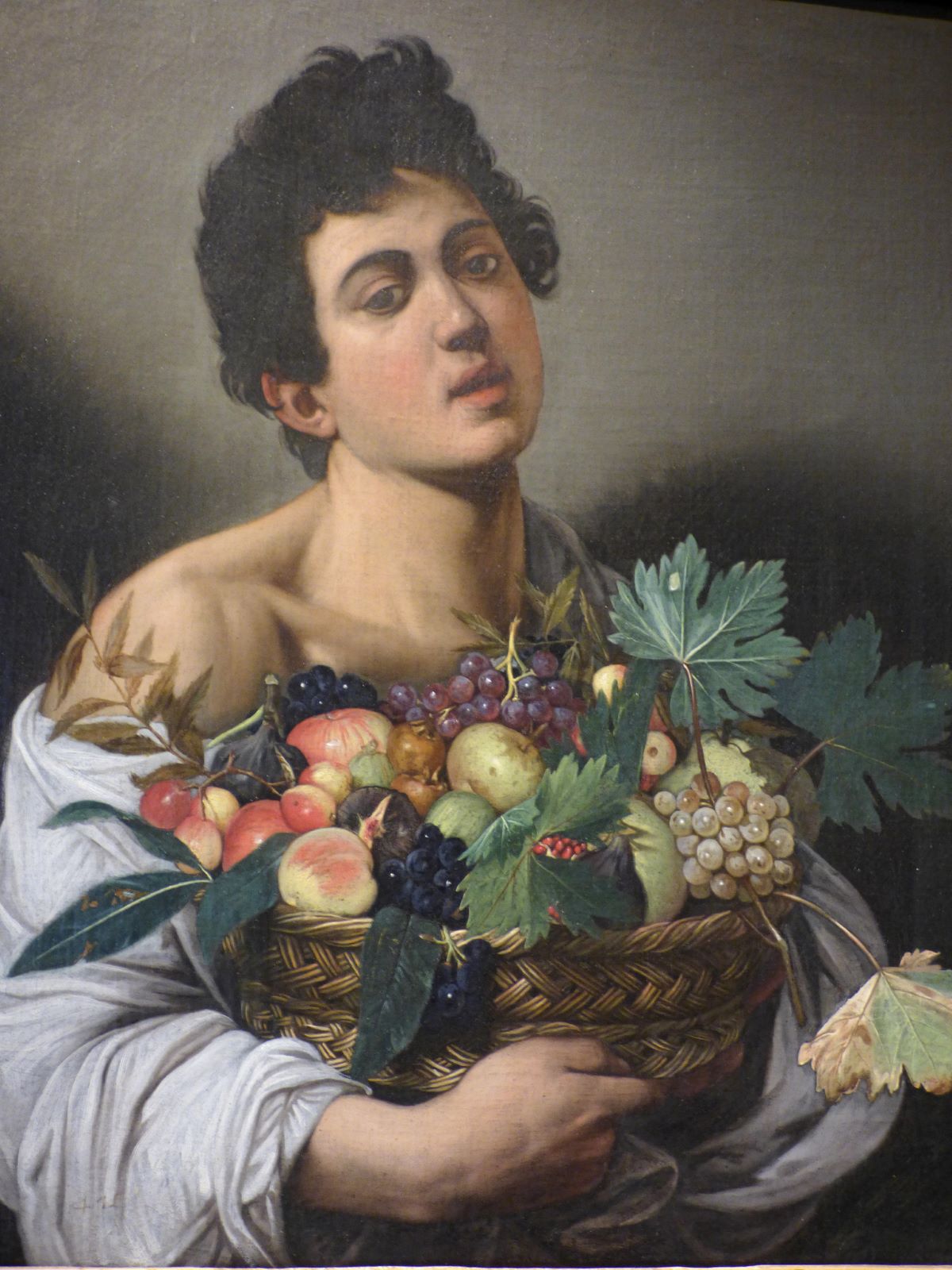
Palafrenieri – Caravaggio
This is another can’t-miss piece by Caravaggio. Impressive for its size alone, this shows Christ as a young boy – an age not often depicted – with his mother and grandmother, Anne.
What’s interesting about this painting is that it was originally commissioned to be in St. Peter’s Basilica, but was quickly dropped as it was deemed inappropriate. Mary’s dress is too revealing for that of a Virgin, Jesus is shown with red hair (considered evil), and they didn’t much like the expression on Anne’s face. Luckily, the Borghese family stepped in and saved this painting, adding it to their collection of Caravaggio’s works.
Insider’s Tip: Want to explore St. Peter’s Basilica on your trip to Rome? Check out St. Peter’s Basilica from Top to Bottom with Dome Clime & Crypt from our sister company, Walks of Italy!
Marcus Curtius Leaping and the Main Entrance Hall
When you head to the Borghese Villa, you’ll be welcomed with this work on the ceiling and an impressive entrance hall. The mosaics under your feet are of Ancient Roman origin and are said to have come directly from the Baths of Caracalla.
The work depicted tells a story from 4th century BC Rome. Legend has it that a large chasm was created by an earthquake and began to tear Rome apart. They believed if they threw in their treasures that they would be saved. Marcus Curtius said that courage was the most treasured possession Rome had, and he threw himself in. It is said that then it was closed, and Rome was saved.

Pauline Bonaparte – Canova
Moving forward in the centuries, one of the hidden gems in the Borghese halls is the beautiful statue of Pauline Bonaparte by Canova.
Canova was a master sculptor, creating lifelike marble works. Here he was commissioned by Camillo Borghese to create this image of Pauline, Napoleon’s sister, to celebrate their marriage. Here she is depicted as a Venus, even holding the tell-tale symbol of an apple.
Borghese Gallery Guide: Practical Info
Location and Opening Hours at the Borghese Gallery
You’ll find the Borghese Gallery in the beautiful Villa located at the far end of the park, with the nearest road entrance at Via Pinciana. You can arrive by bus or taxi.
Insider tip: For a bit more scenic entrance, you can arrive early taking the metro to Flaminio, then walking through the Villa Borghese Park to the Gallery.
This museum works a little differently than others, by managing how many visitors are present at one time through strictly timed entrances. Entrances are allowed at the following times:
9 a.m. – 11 a.m.
10 a.m. – 12 p.m.
11 a.m. – 1 p.m.
12 p.m. – 2 p.m.
1 p.m. – 3 p.m.
2 p.m. – 4 p.m.
3 p.m. – 5 p.m.
4 p.m. – 6 p.m.
5 p.m. – 7 p.m.
5.45 p.m. – 7 p.m.
Borghese Gallery Tickets and Prices
As you can see, each visit proposes a two-hour stay to admire the collection. It is necessary to book your visit in advance, and the gallery does not accept tickets from third-party sites. Therefore, make sure you book your ticket directly through the Galleria Borghese Ticket website.
A standard ticket is 13€, while you will need to pay a 2€ reservation commission on top of that. If you go for the last time slot (at 5:45), the entrance is discounted to 8€.
EU citizens between 18-25 access a discounted ticket of only 2€. While children under 18, students and professors of Cultural Management and the Arts, and ICOM members all are allowed free entrance. However, you will still need to book in advance.
Did you happen to purchase a Roma Pass? In that case, your entrance to the Borghese Gallery is covered! But you will need to book in advance by calling +39 06 32810, from Monday to Friday 9:30 a.m. – 6 p.m., or you can write to [email protected]

Borghese Gallery FAQ
How much does entrance cost?
A normal entrance ticket to the Borghese Gallery costs 13€, plus a 2€ online reservation commission. However, if you are under 18 it is free, and EU citizens between 18-25 years old have a discount. The discounted tickets are 2€.
Where can I book a ticket?
You’ll have to book in advance online via the official Borghese Gallery ticket website.
Do I need a guide?
While much can be understood at face value, if you are interested in learning more about the Borghese family and their collection, you may benefit from a guided visit. The Gallery organizes guided visits of the permanent collection with their expert guides. These are available in English Saturdays and Sundays at 11:10 am and 3:10 pm.
The guided tour costs an additional 8€ and can be booked when reserving your ticket or by calling: +39 06 32810.
Alternatively, you can grab an audio guide on-site at the start of your visit for 5€.
How long will a visit take?
To manage the flow of visitors, the Gallery allows a visit of two hours per entrance. This should be plenty of time to enjoy the collection.
Are animals allowed?
Animals are not allowed to visit the Borghese Gallery.
Is there somewhere to eat in the Borghese Gallery?
There is a small cafè within the gallery that is open from 9 AM to 7 PM. You will also be able to find several small food kiosks and cafes throughout Villa Borghese Park.
